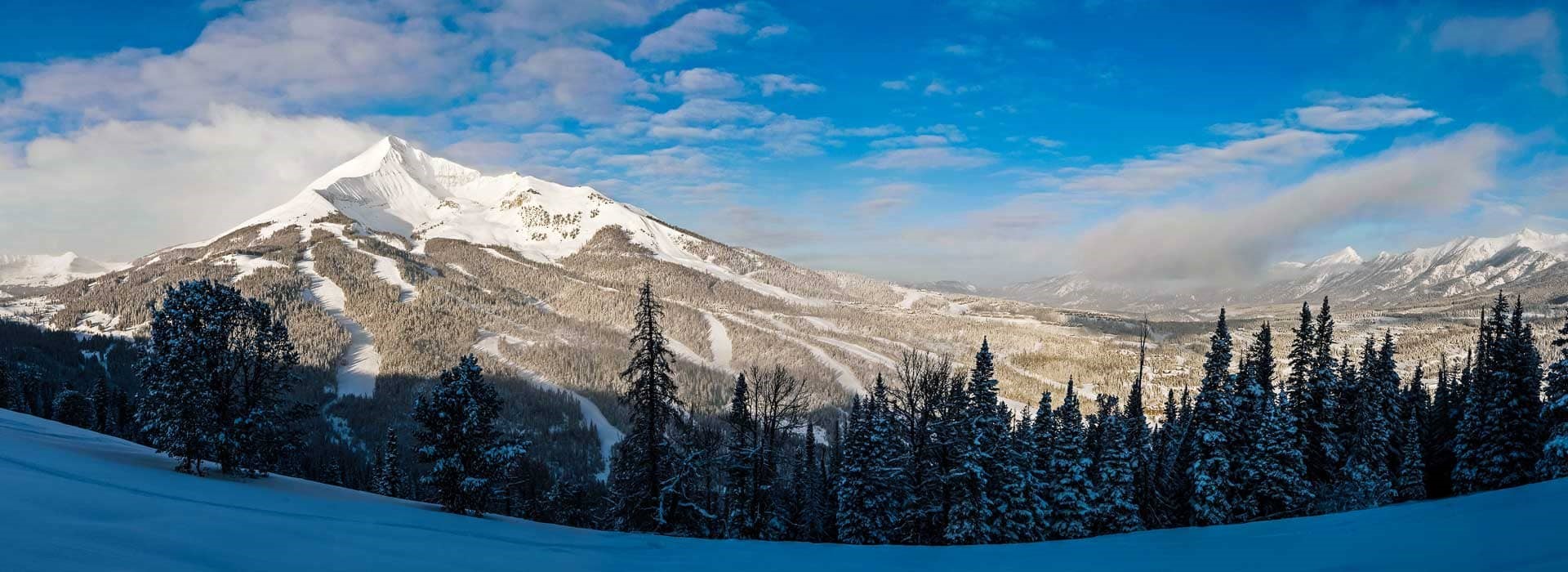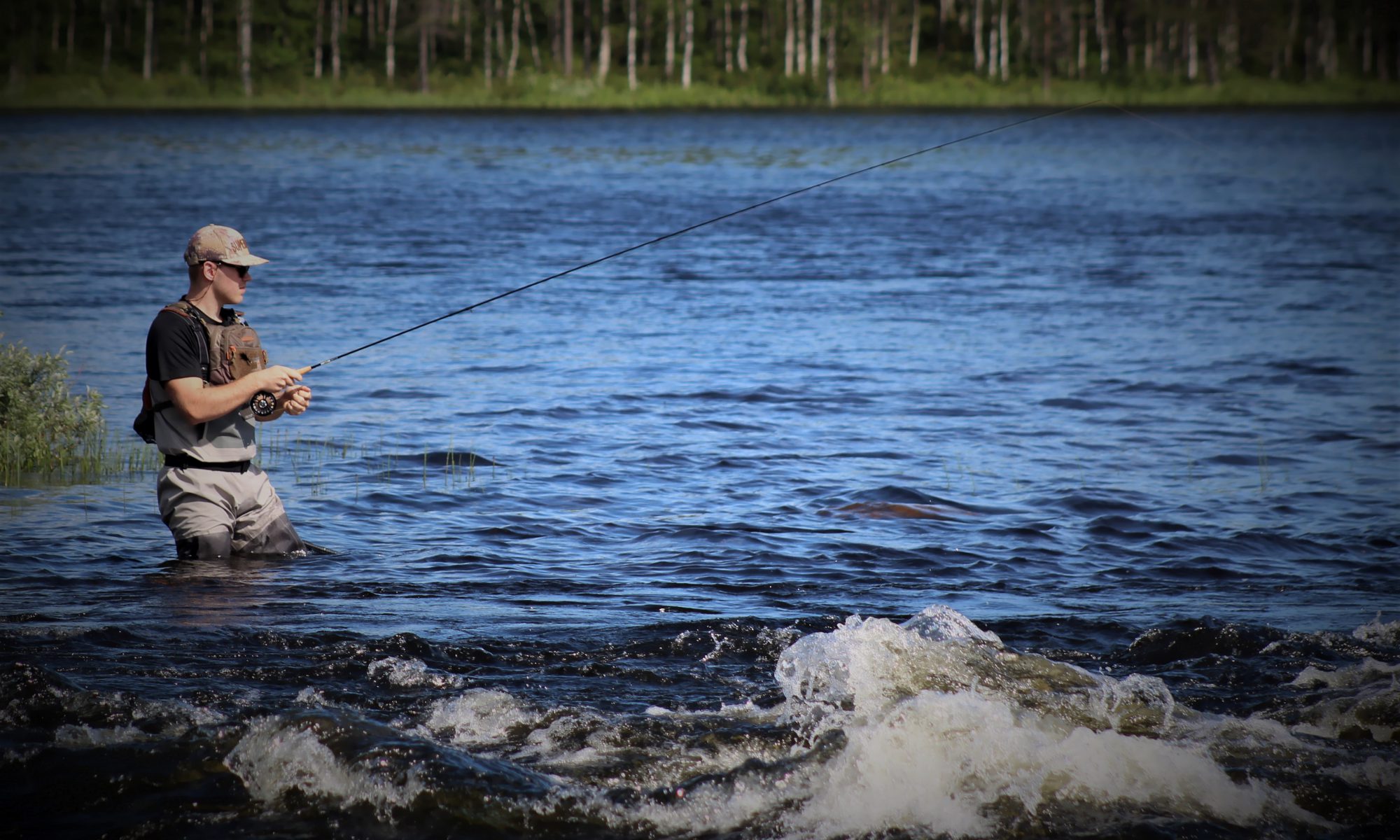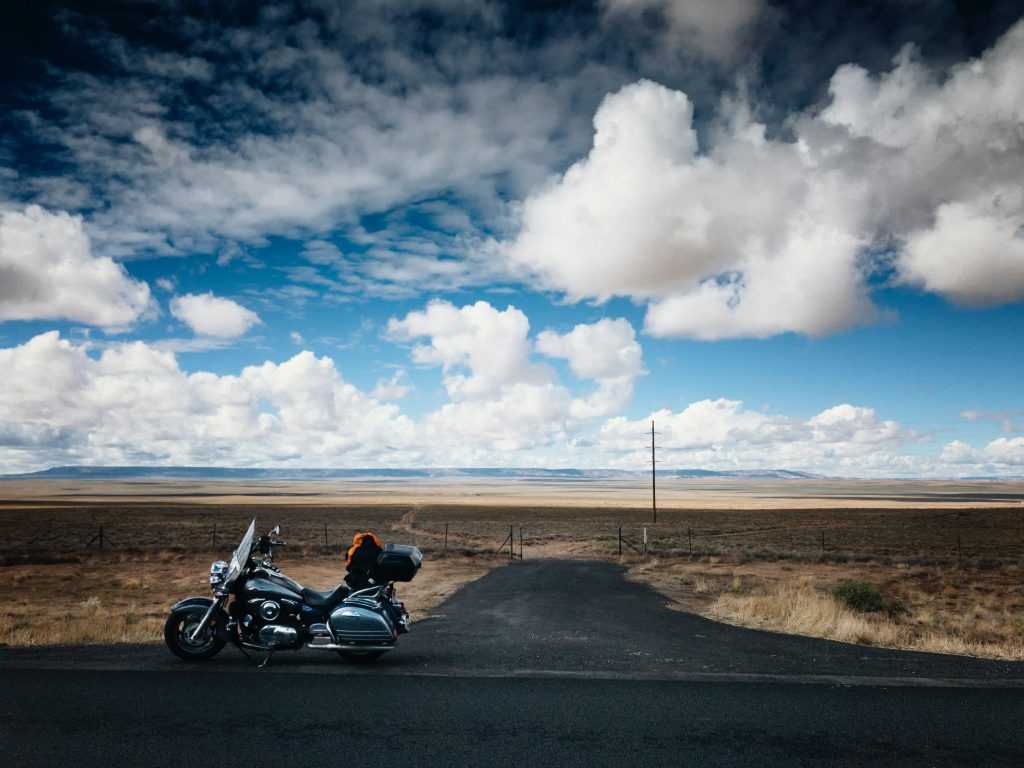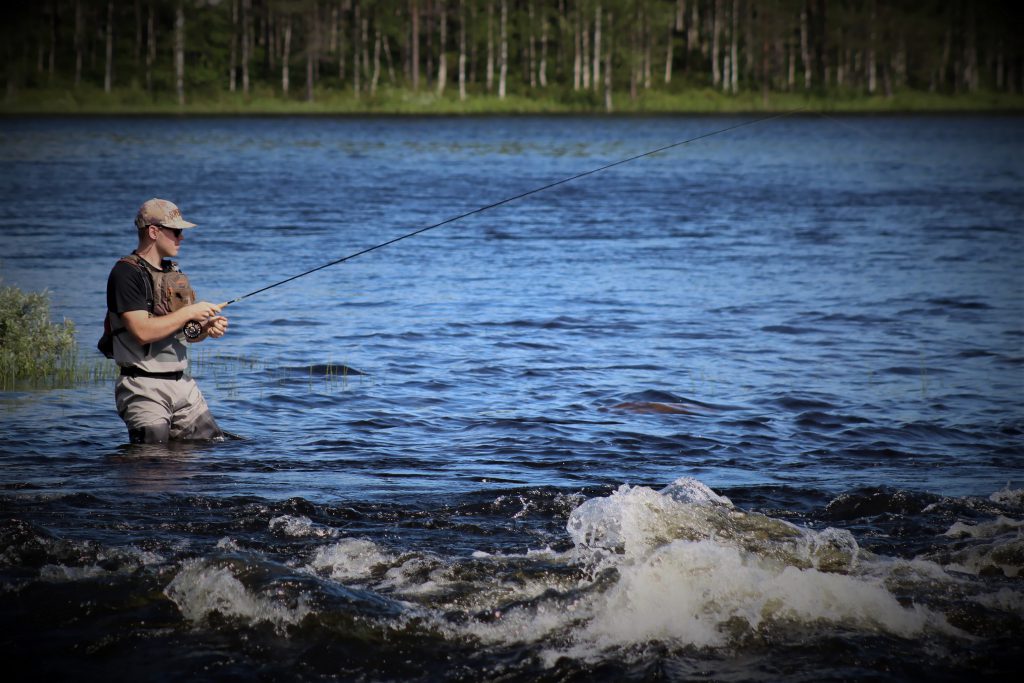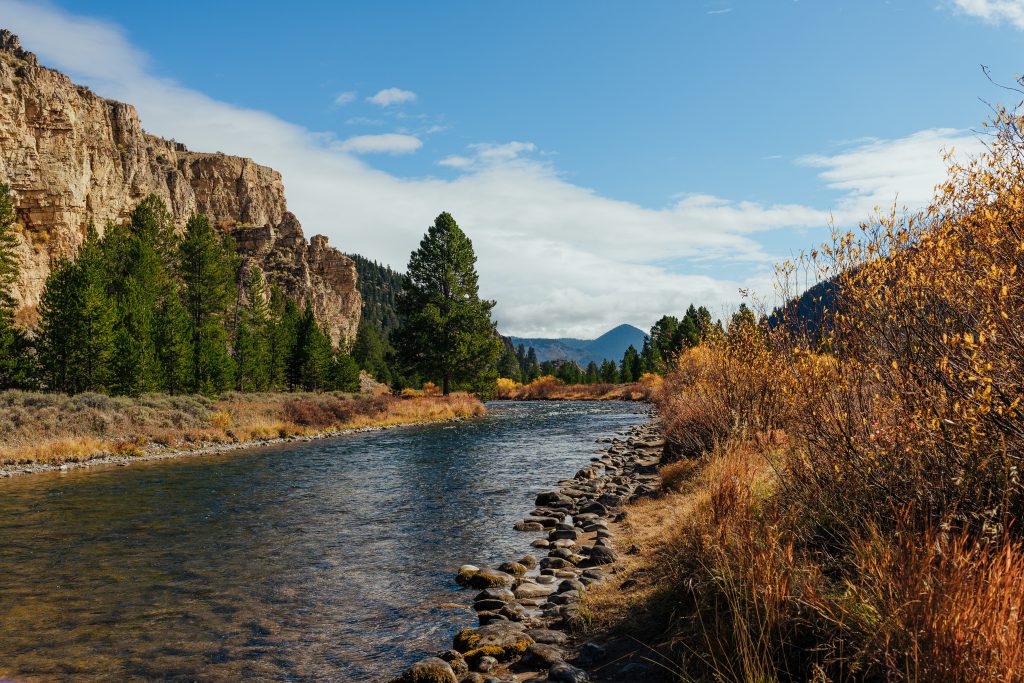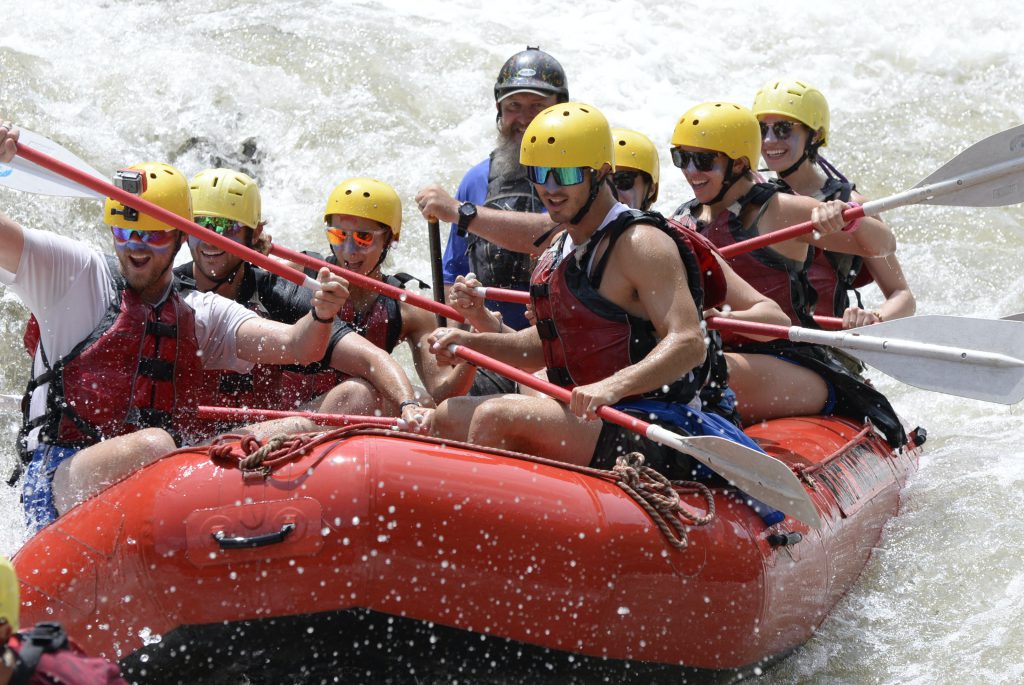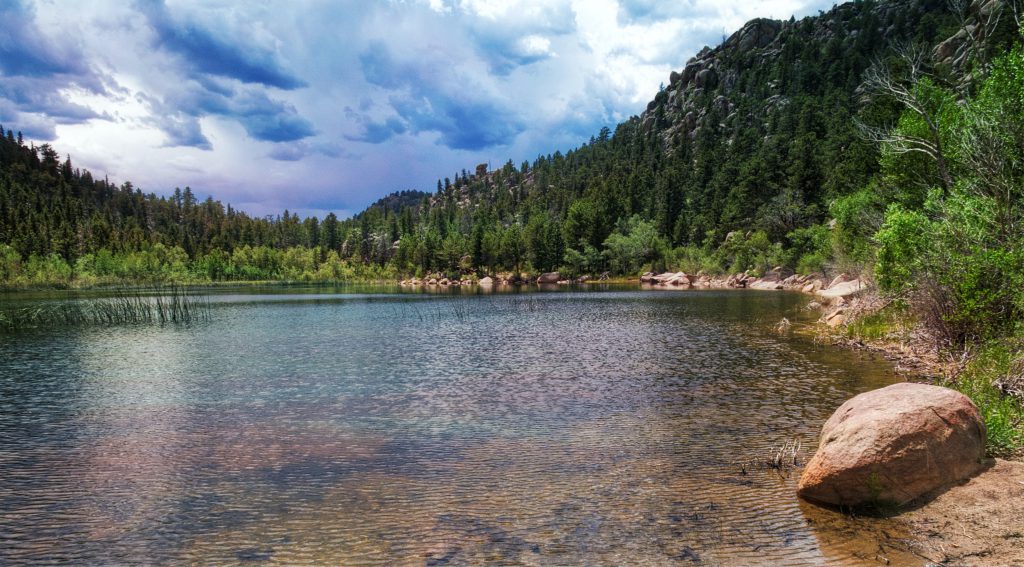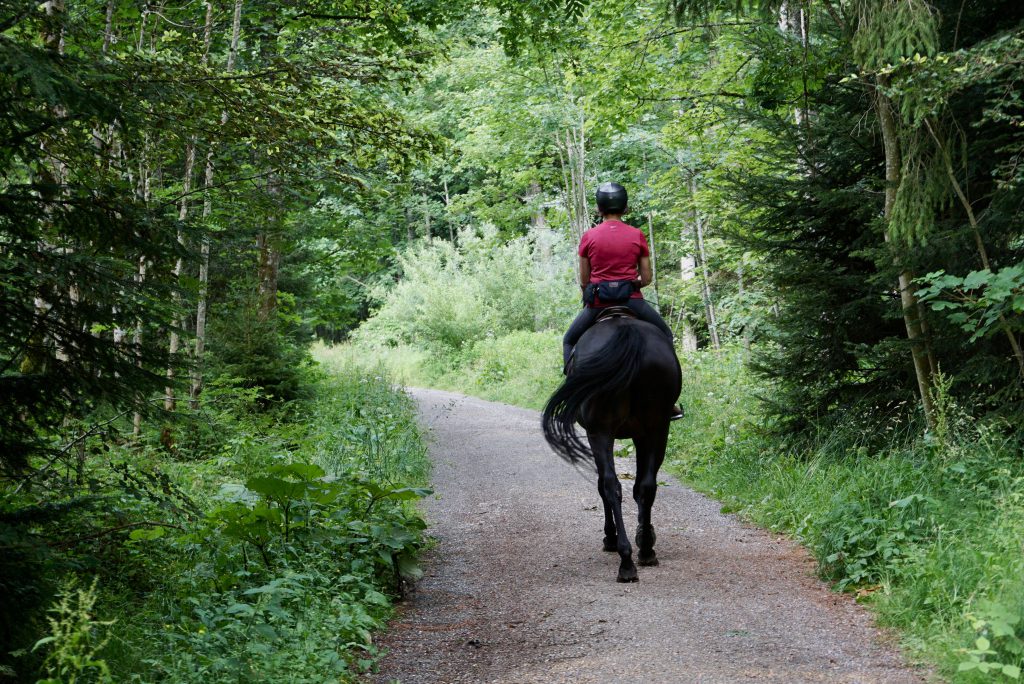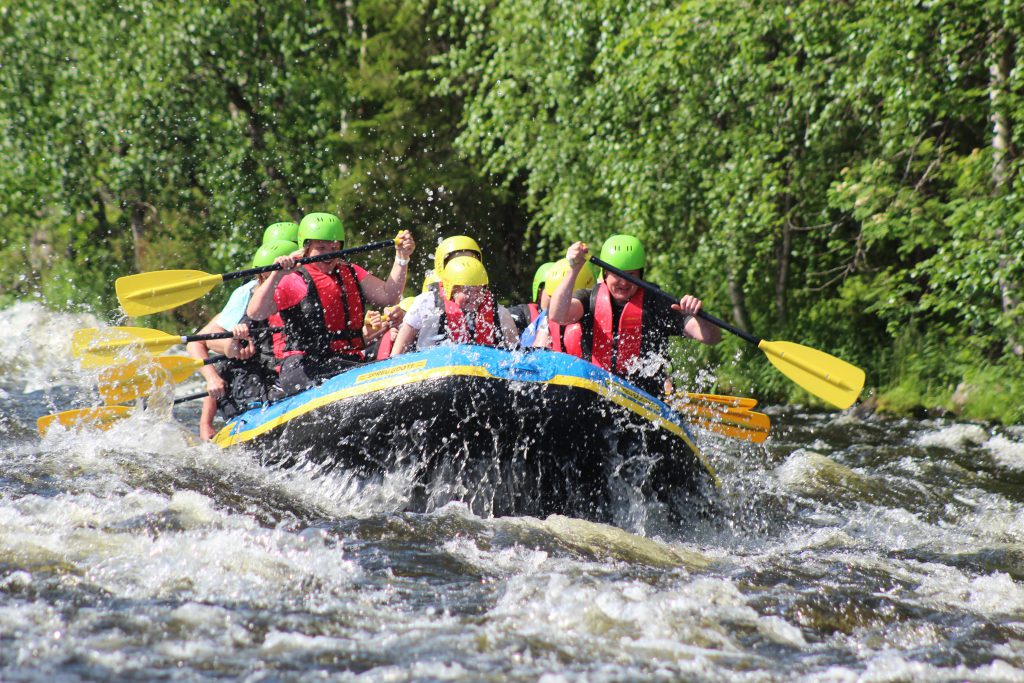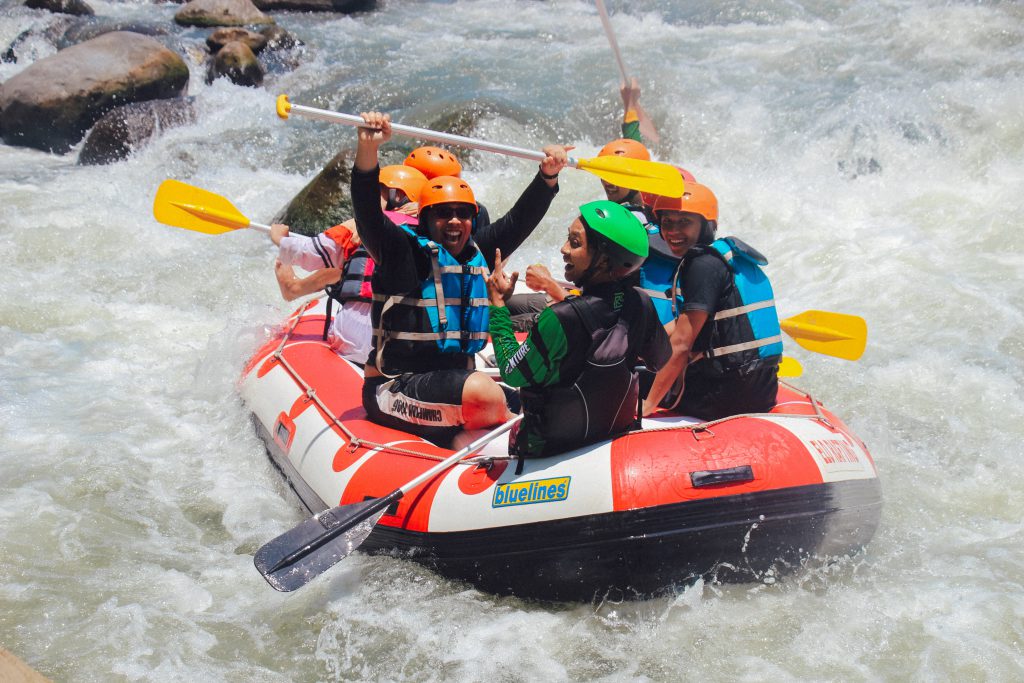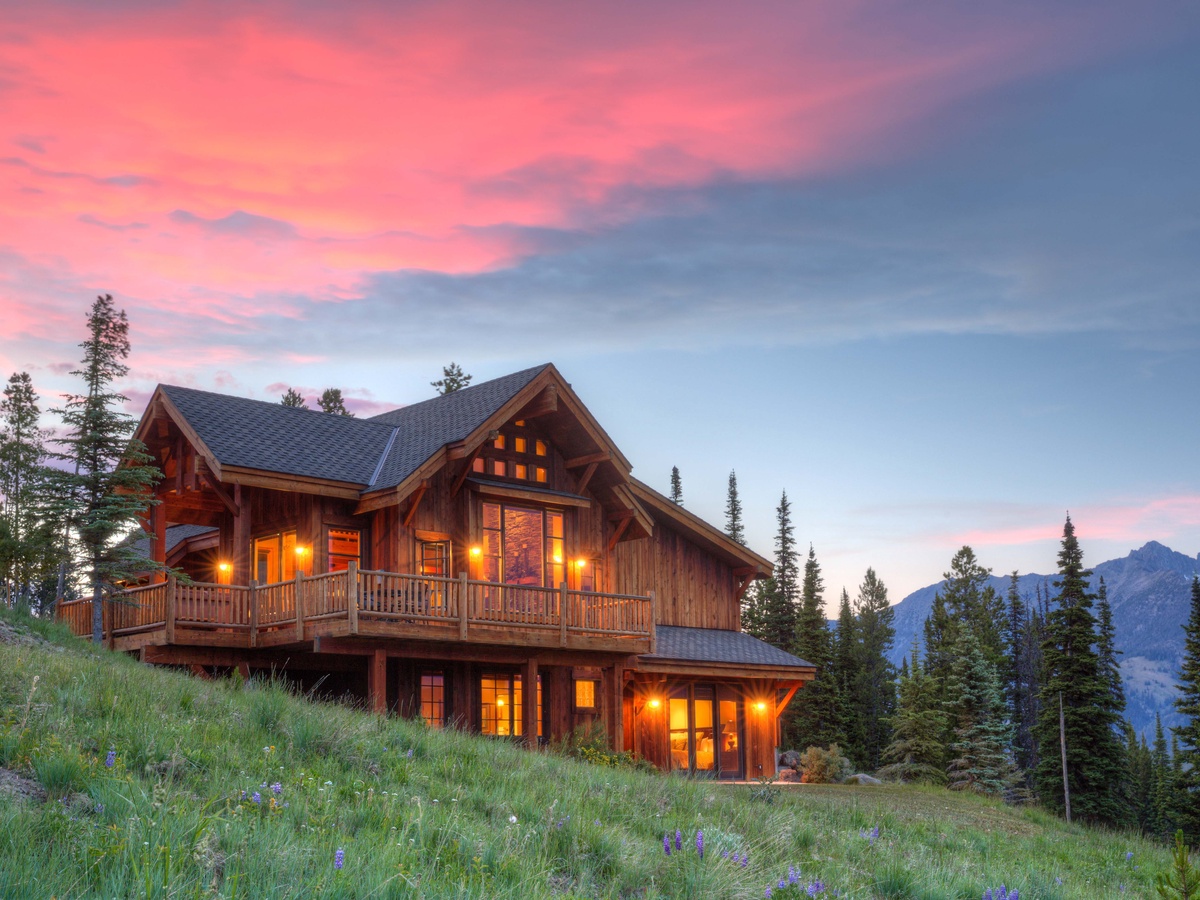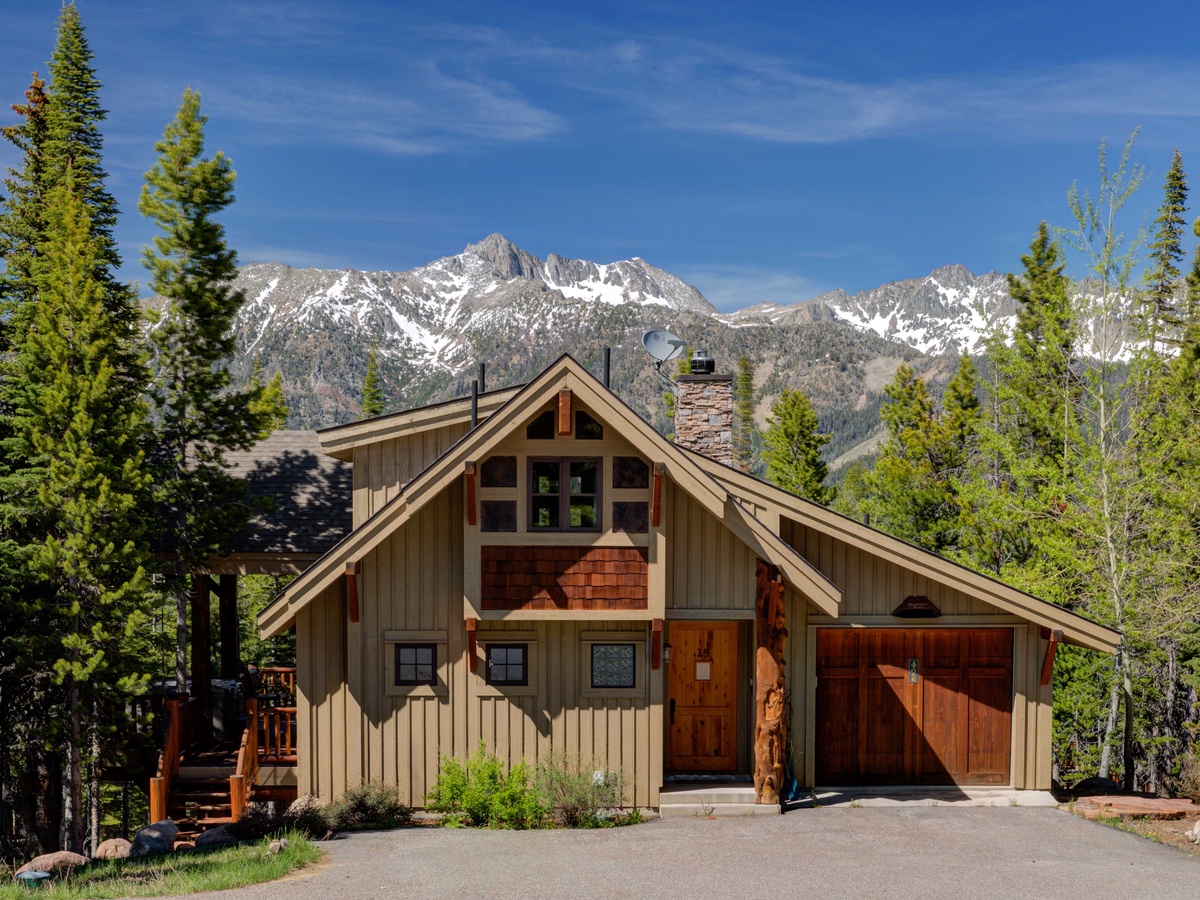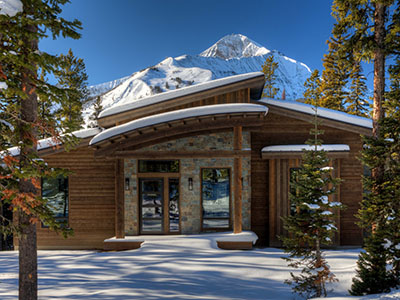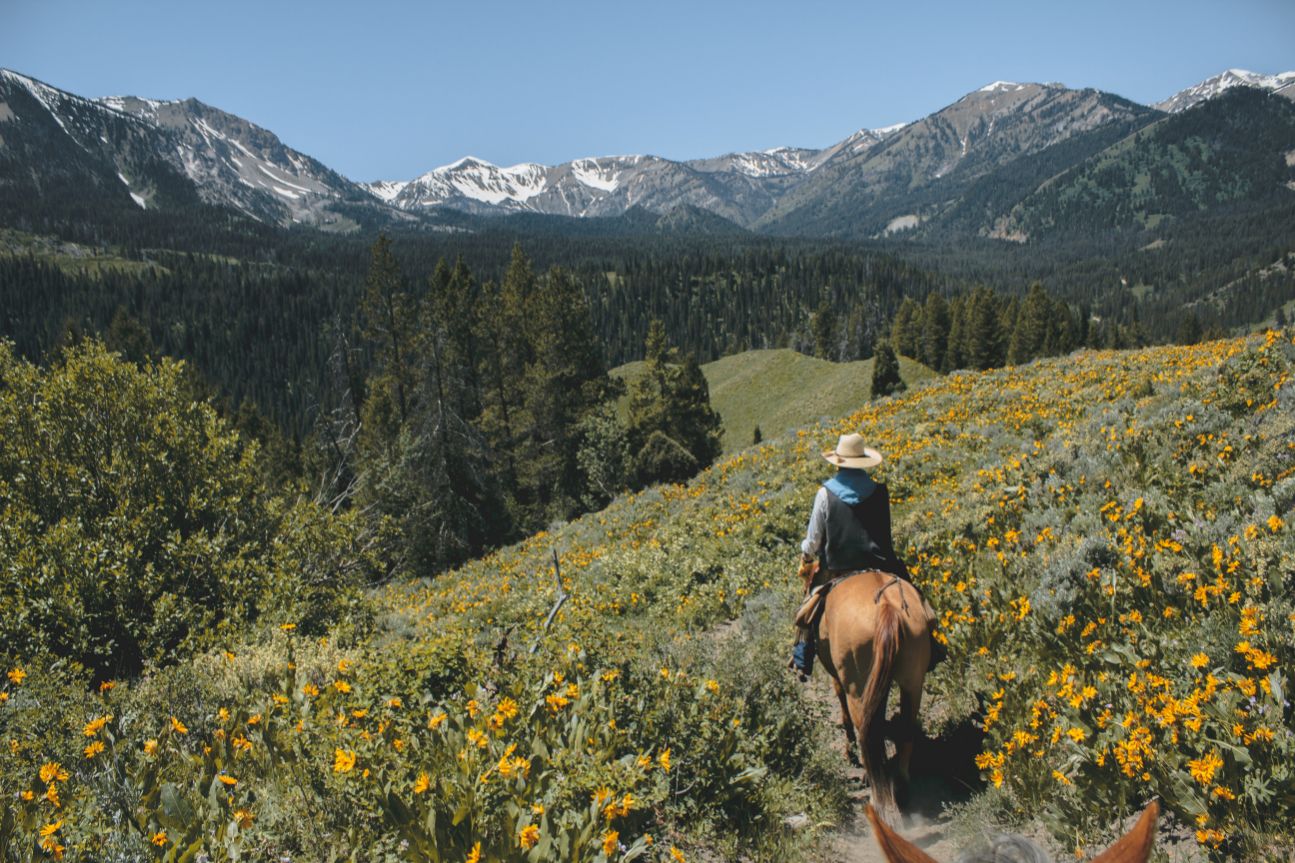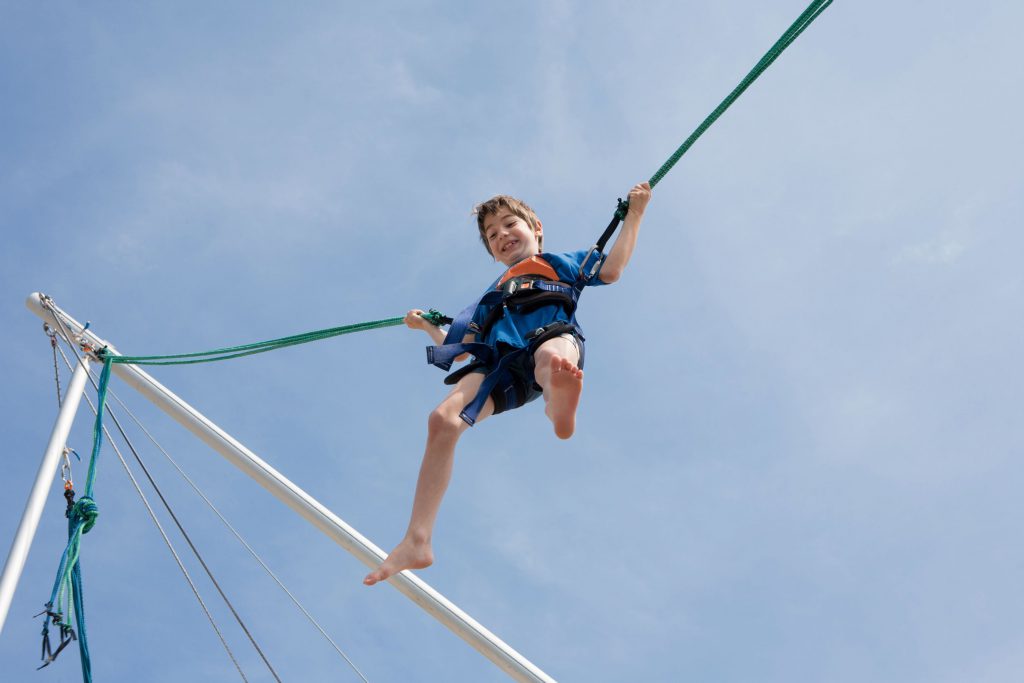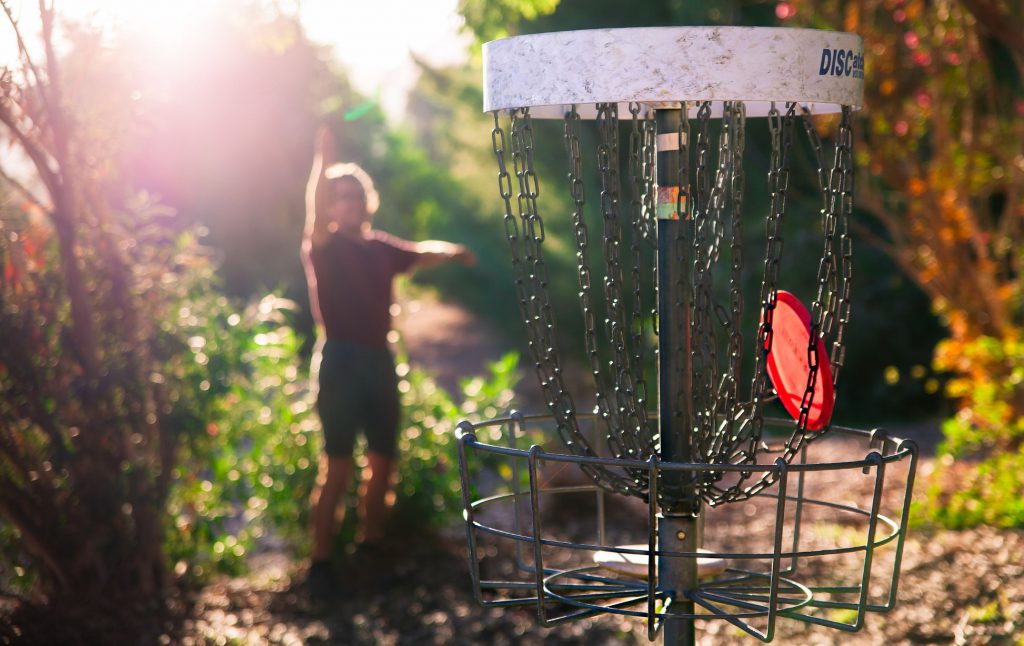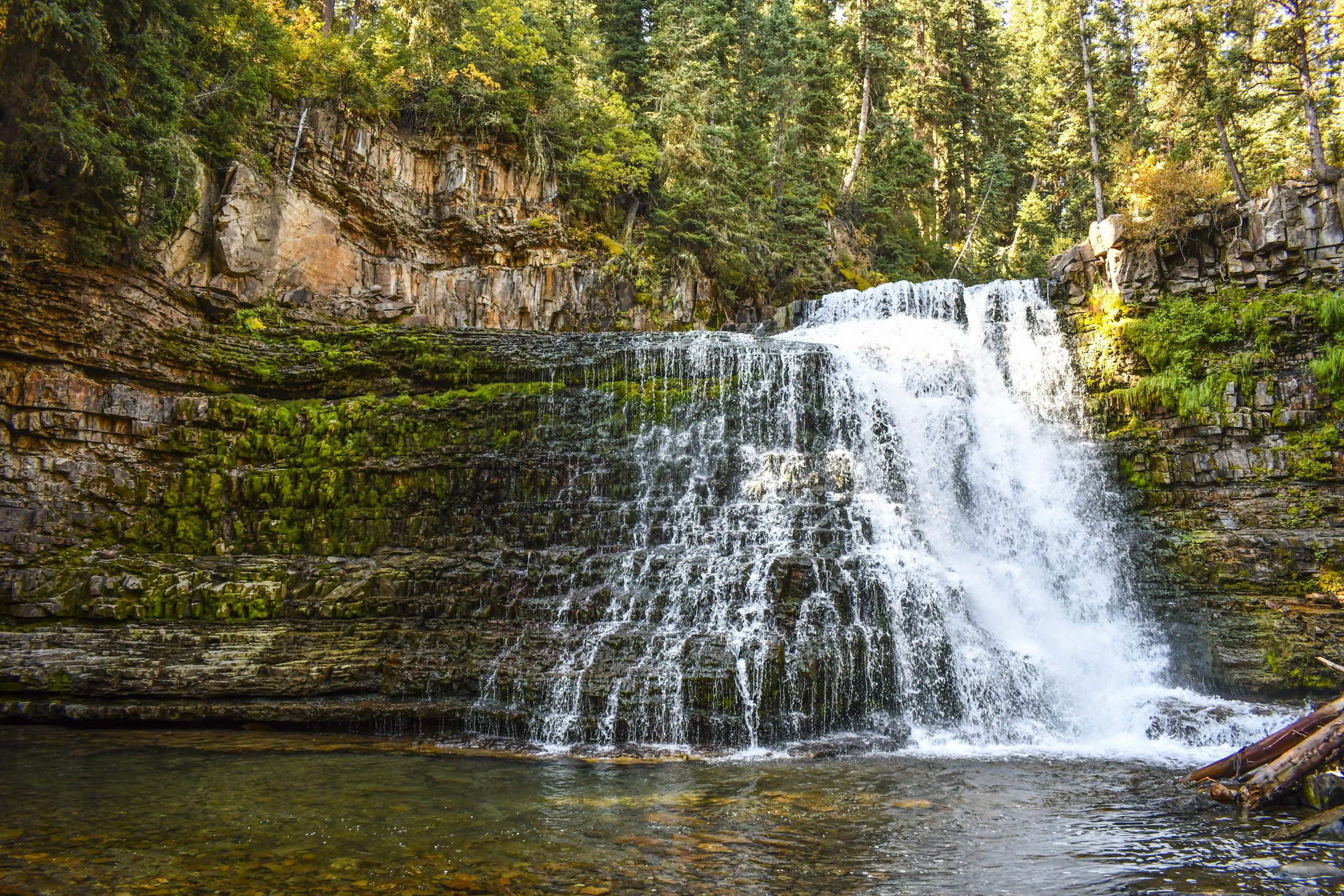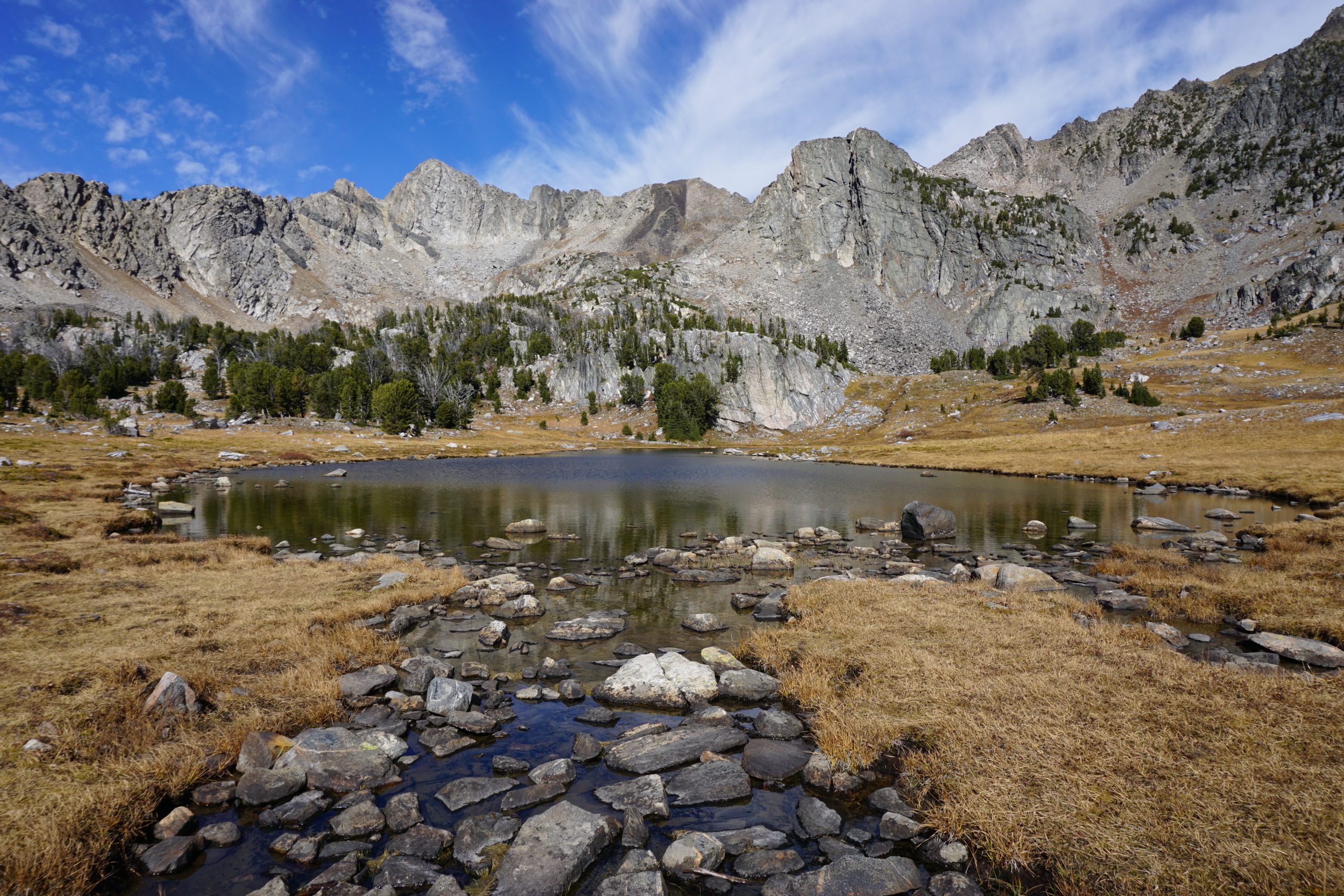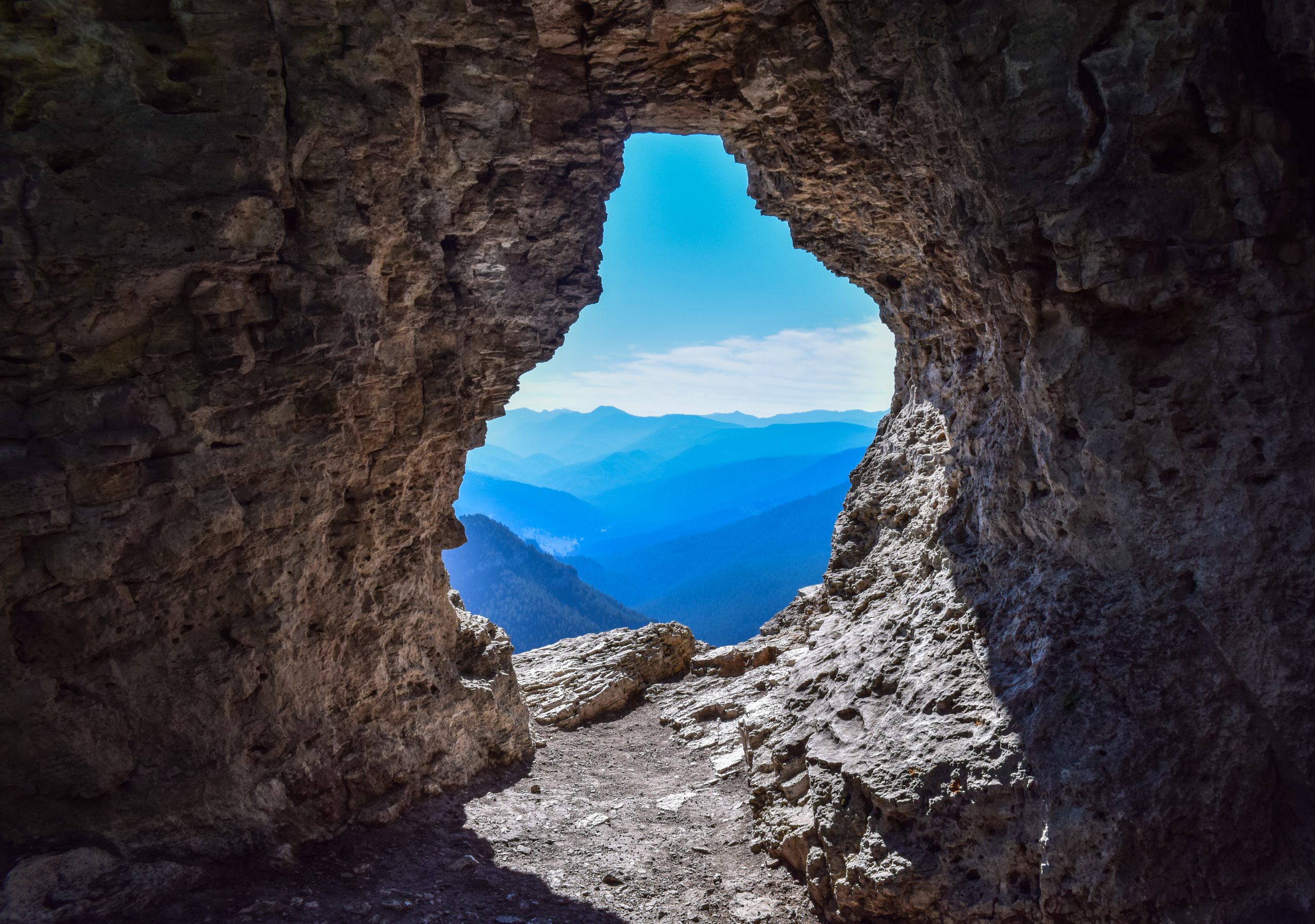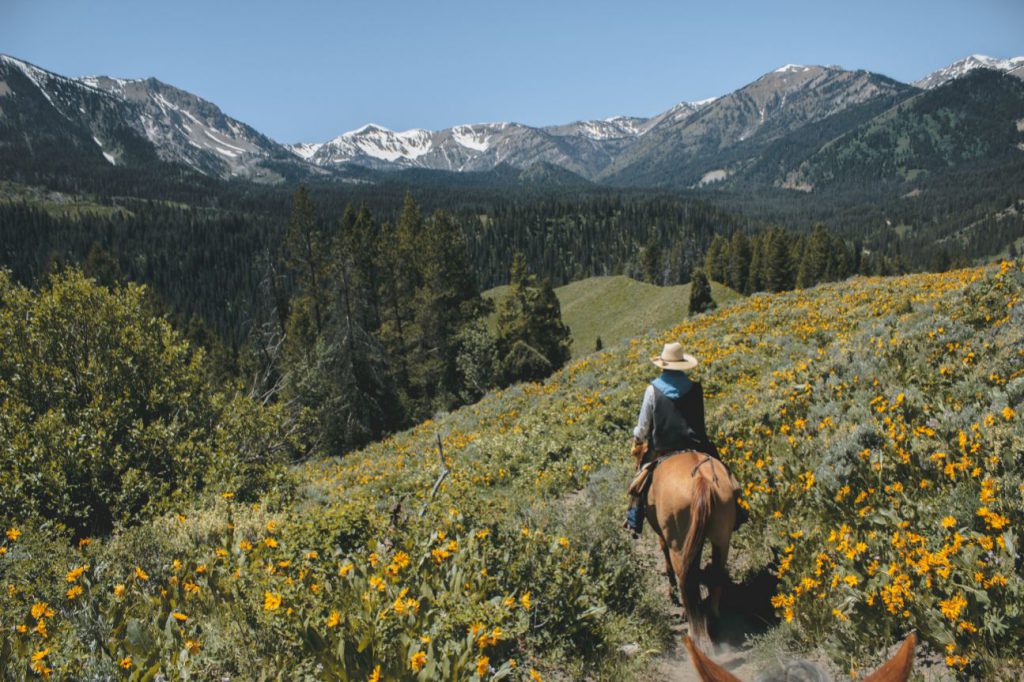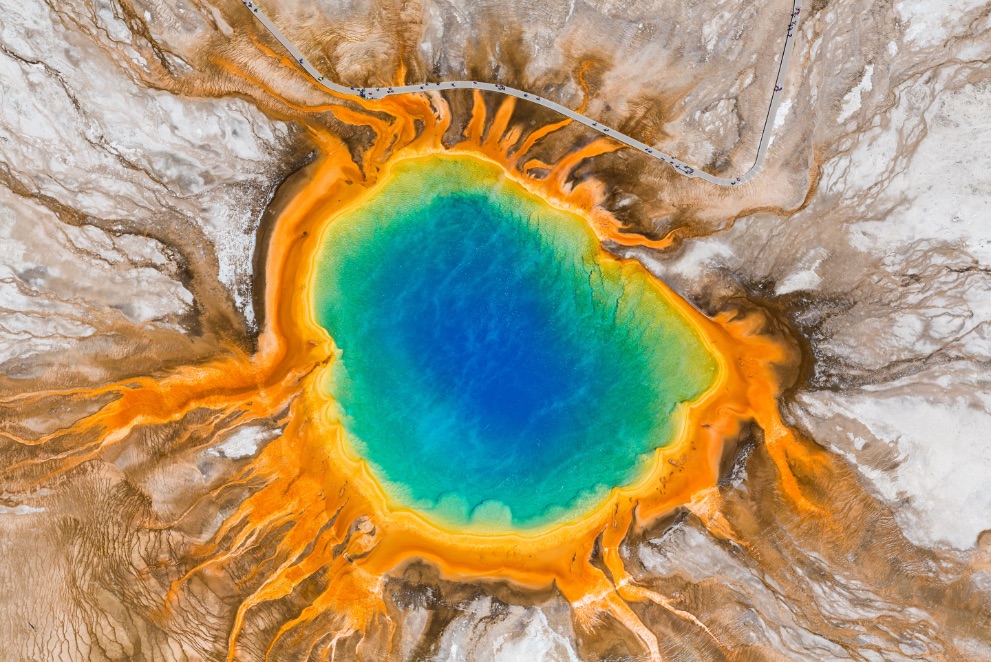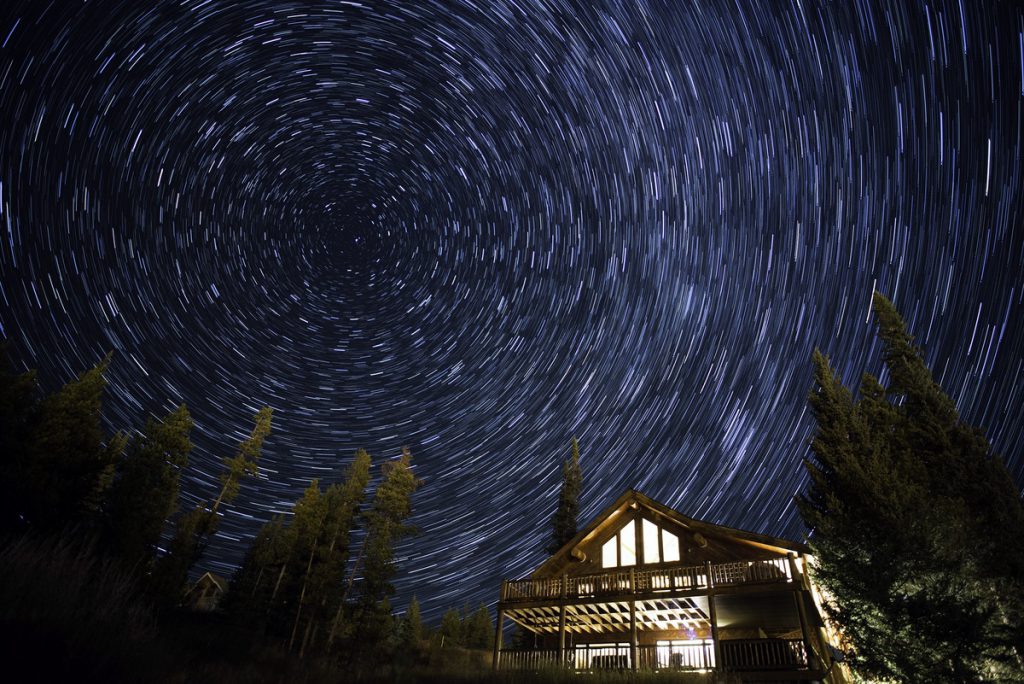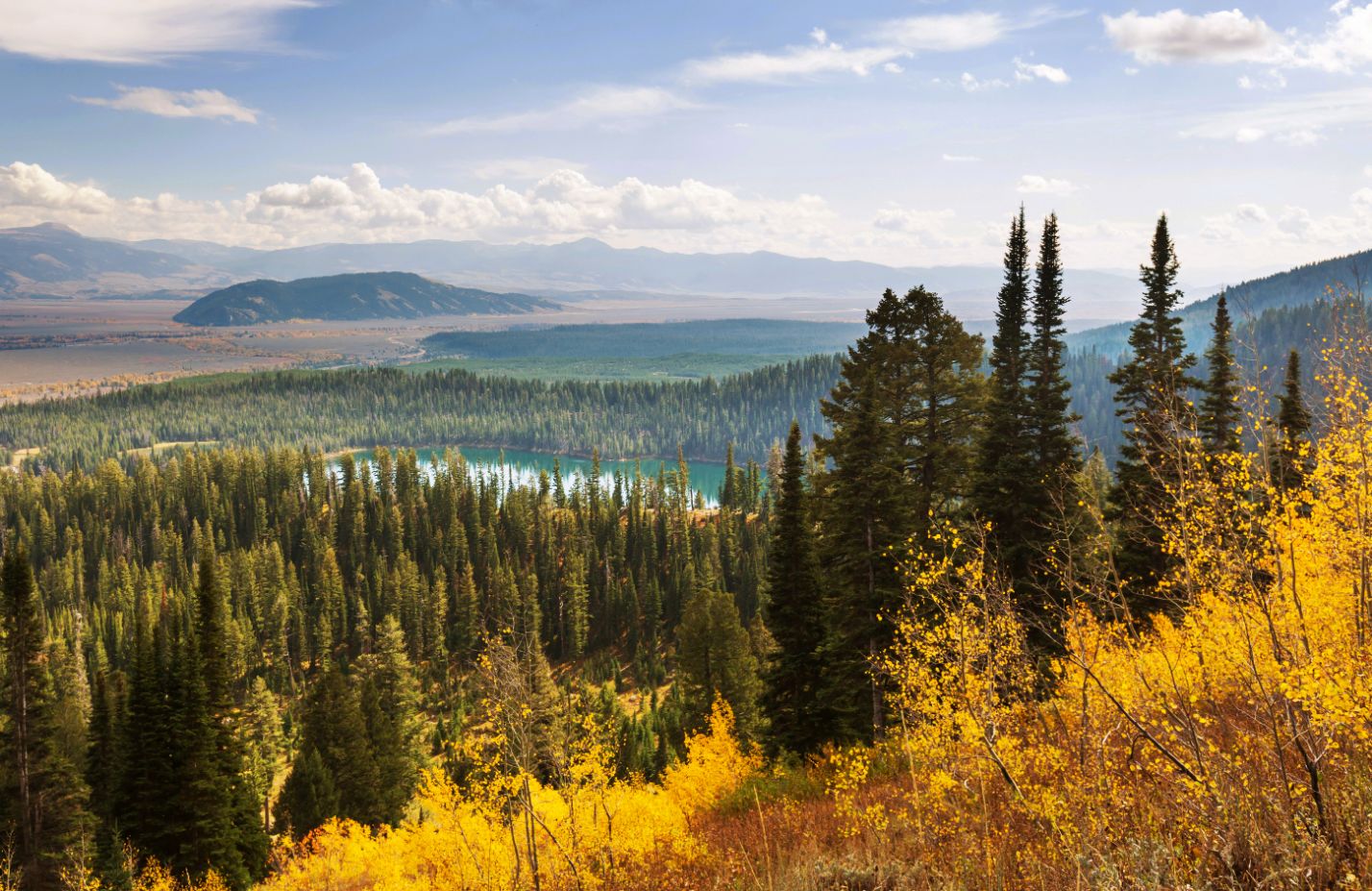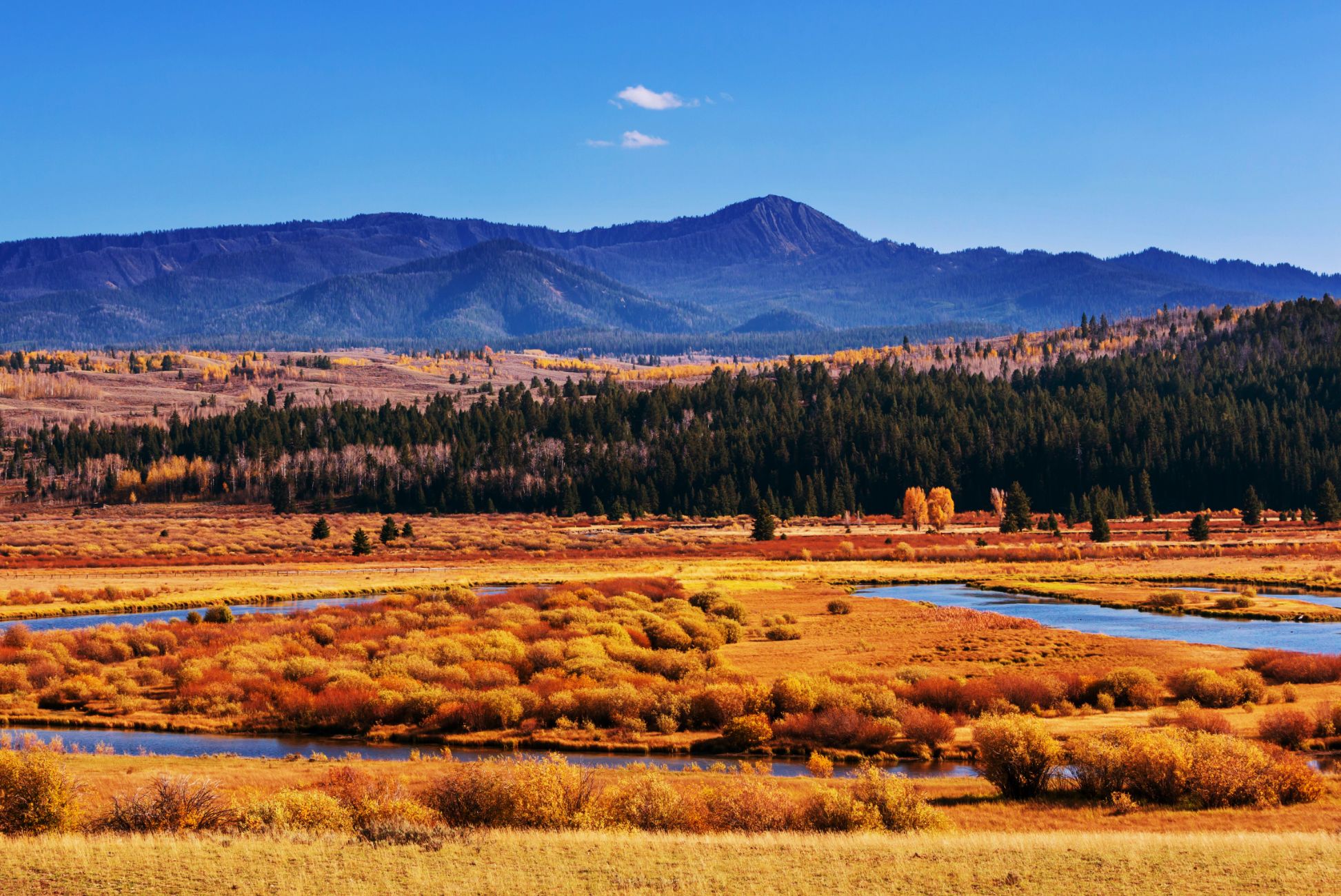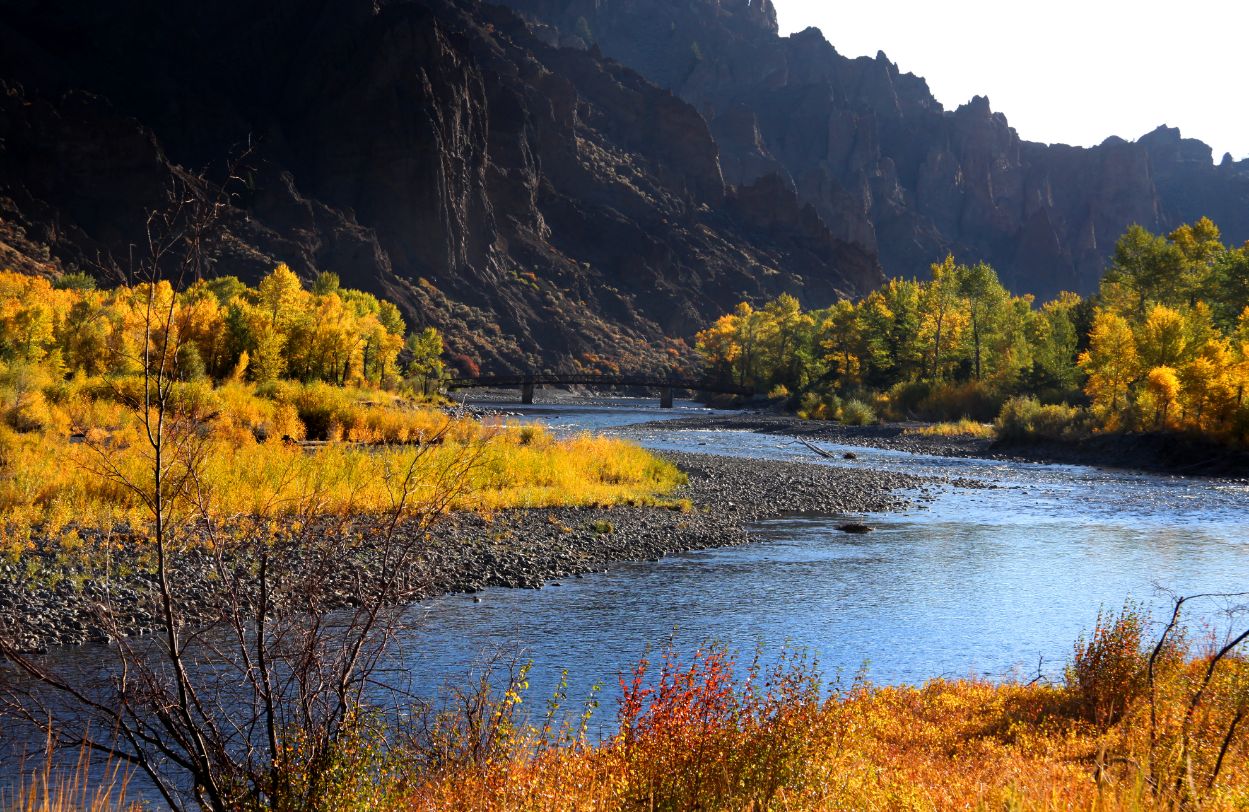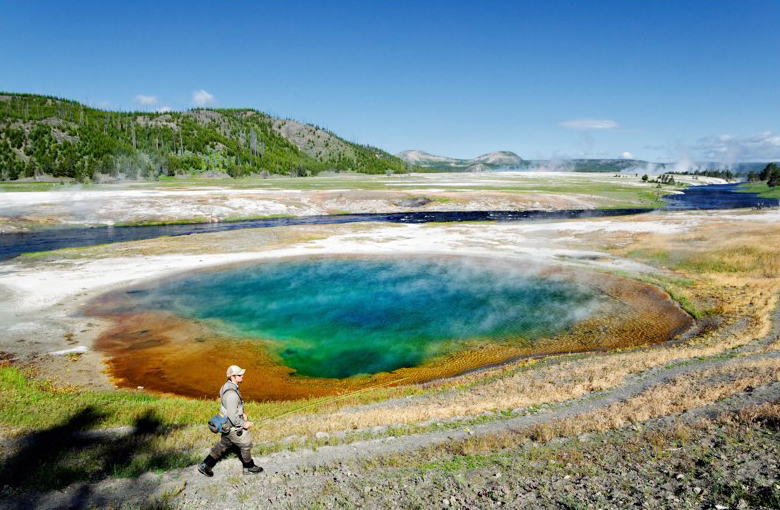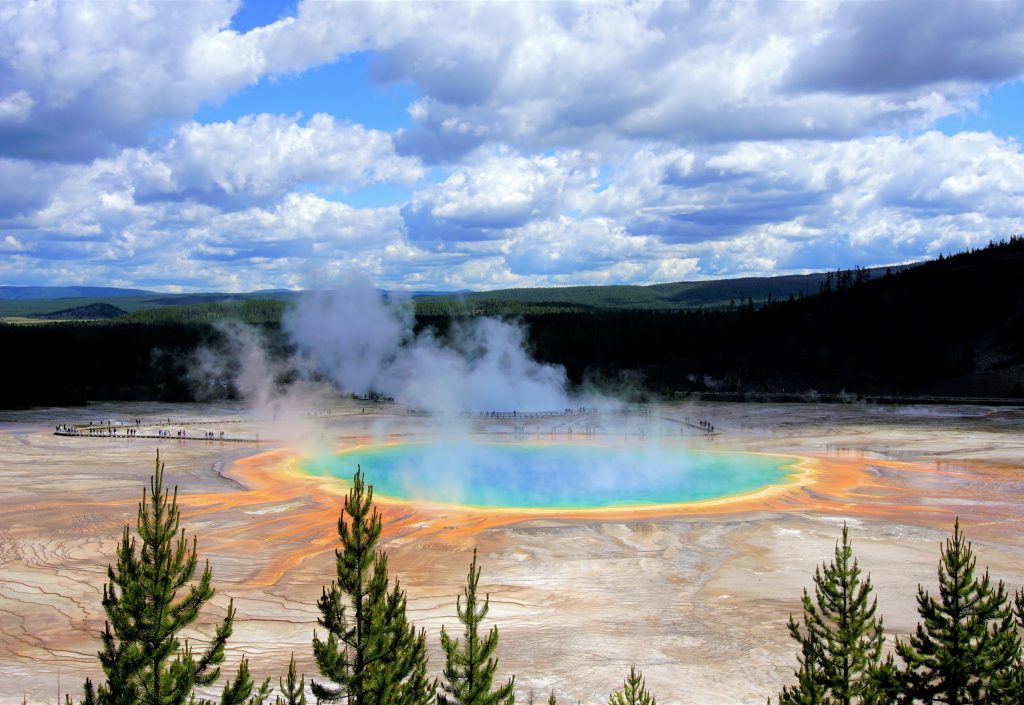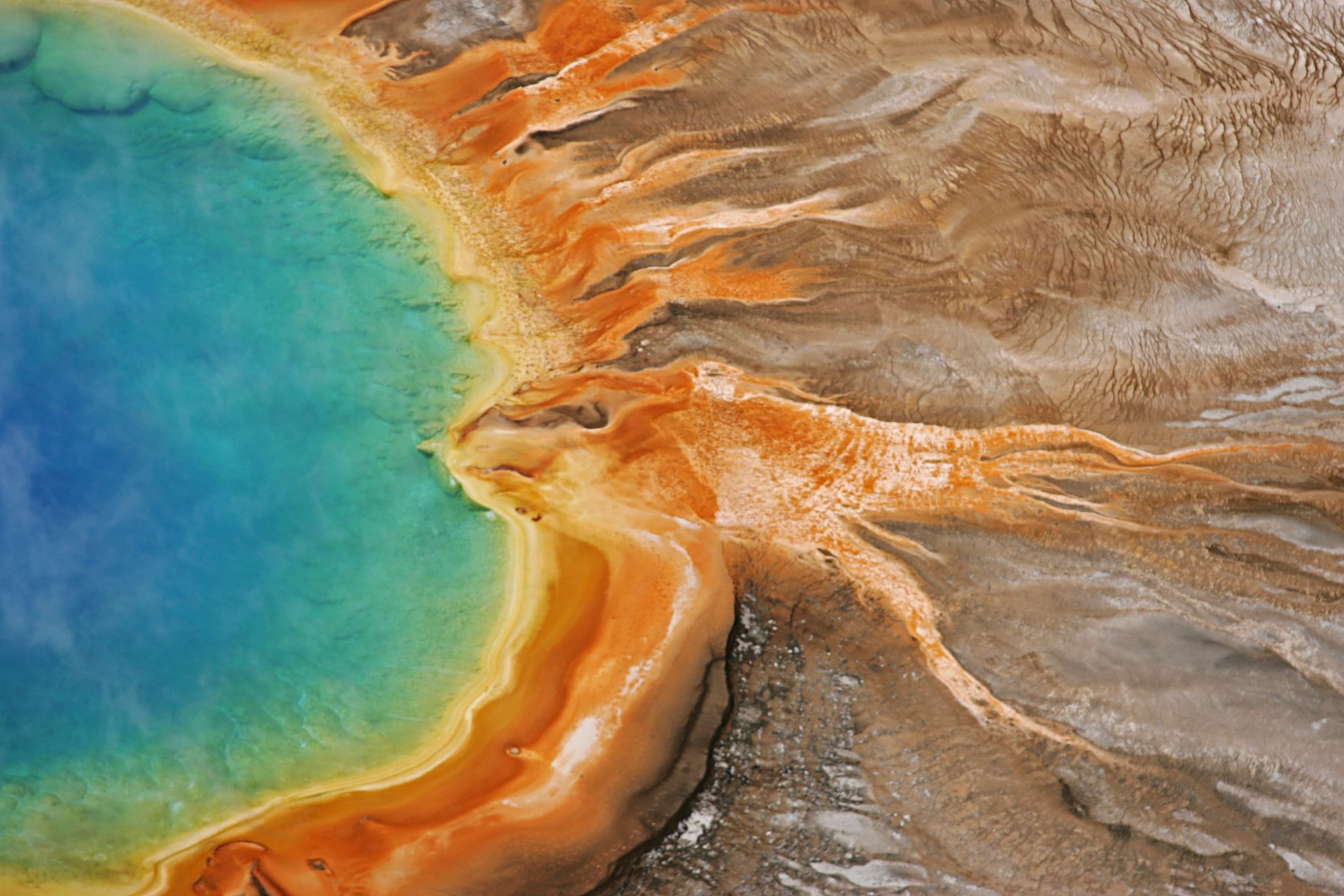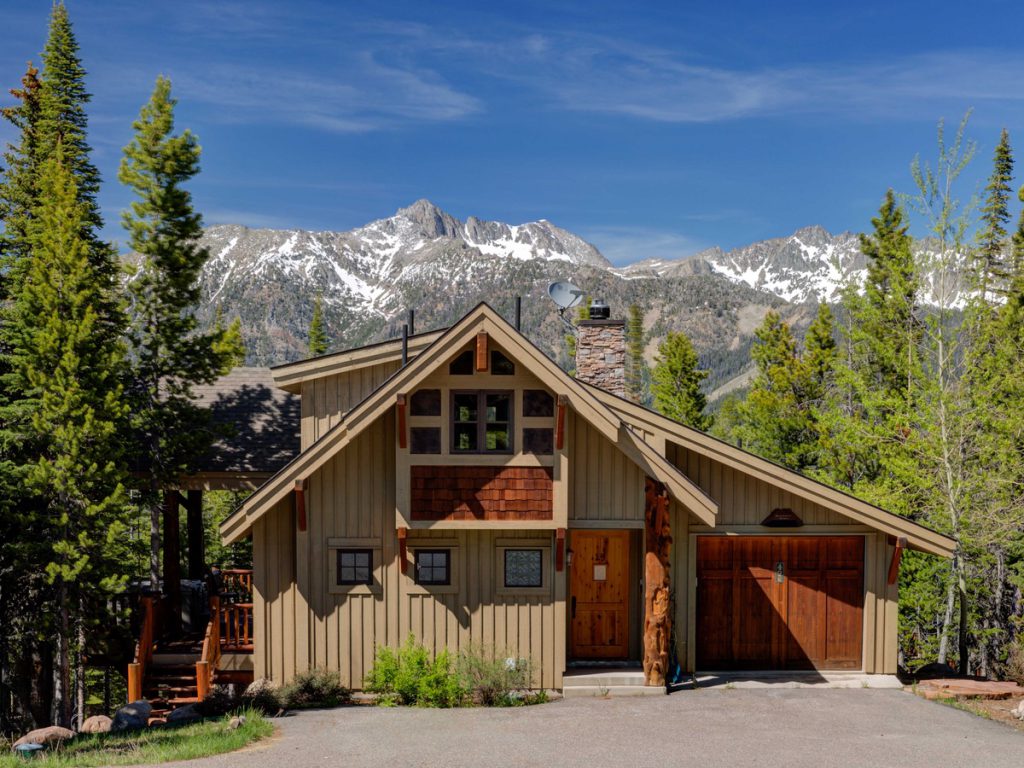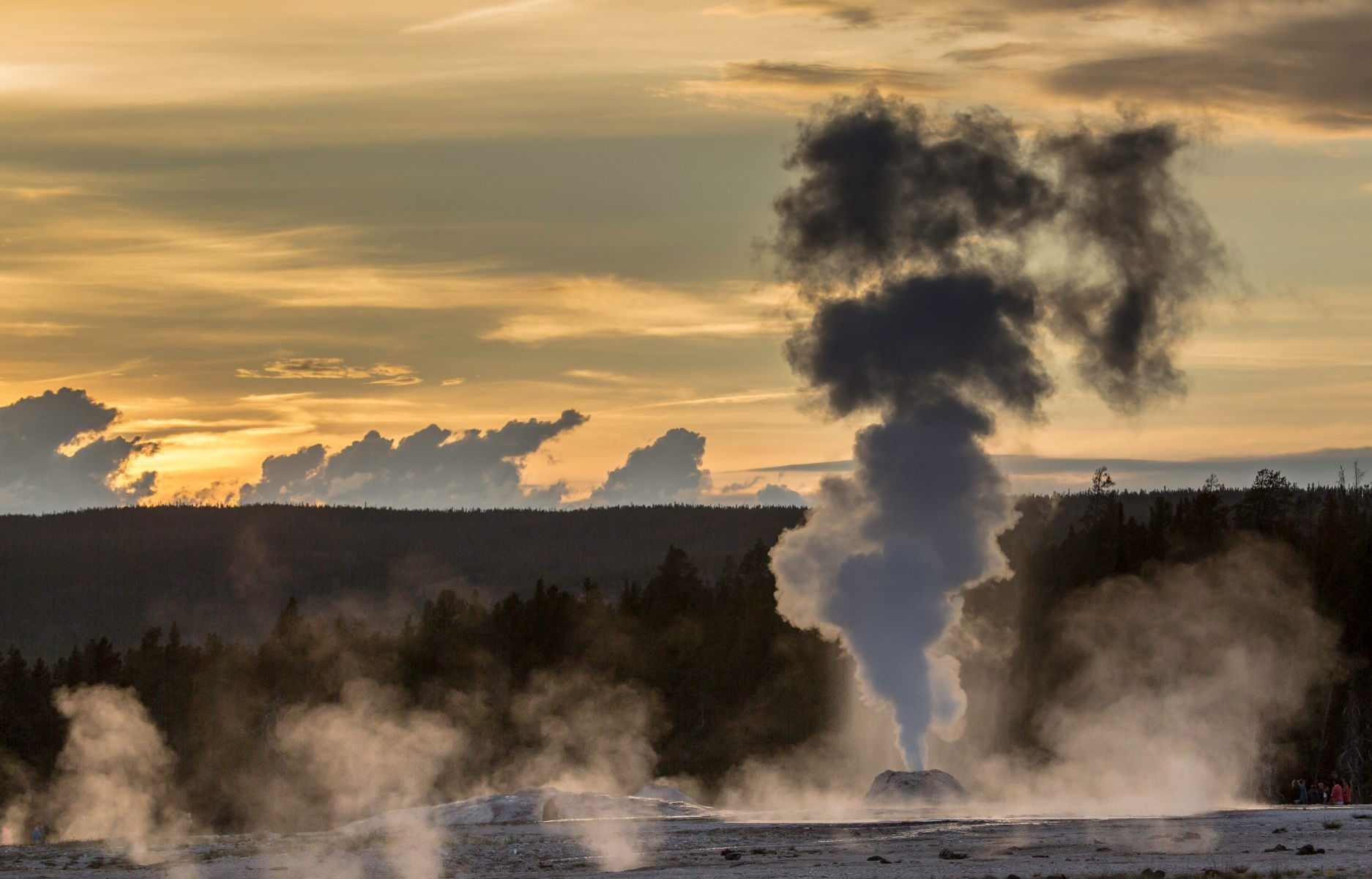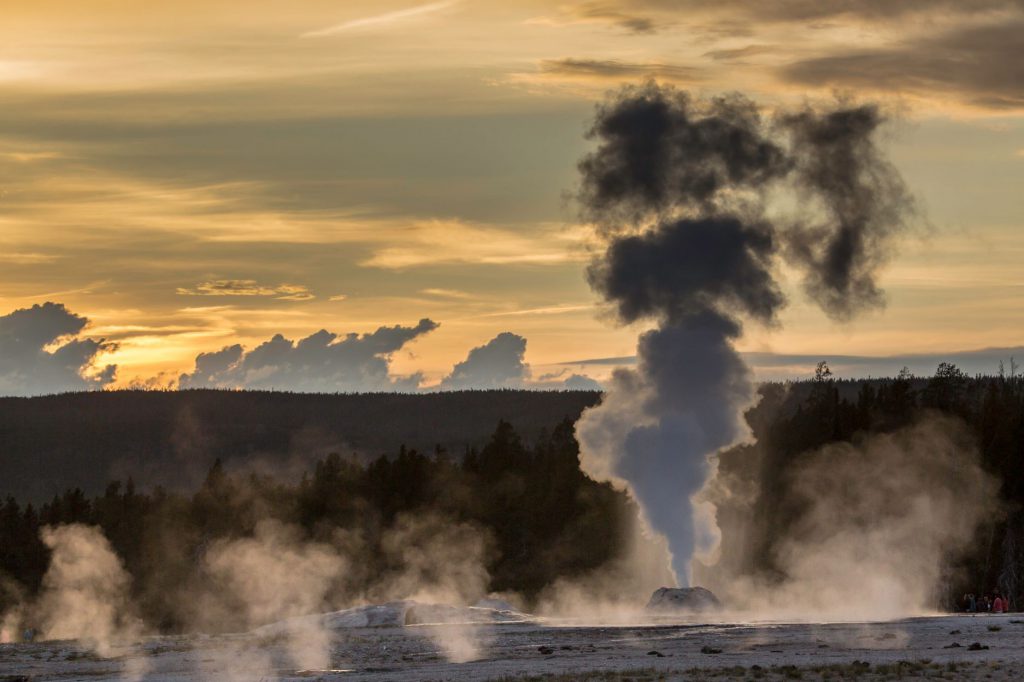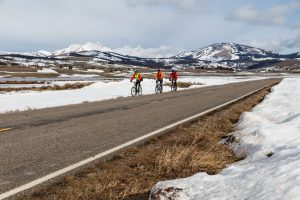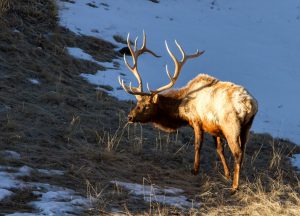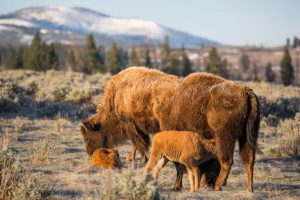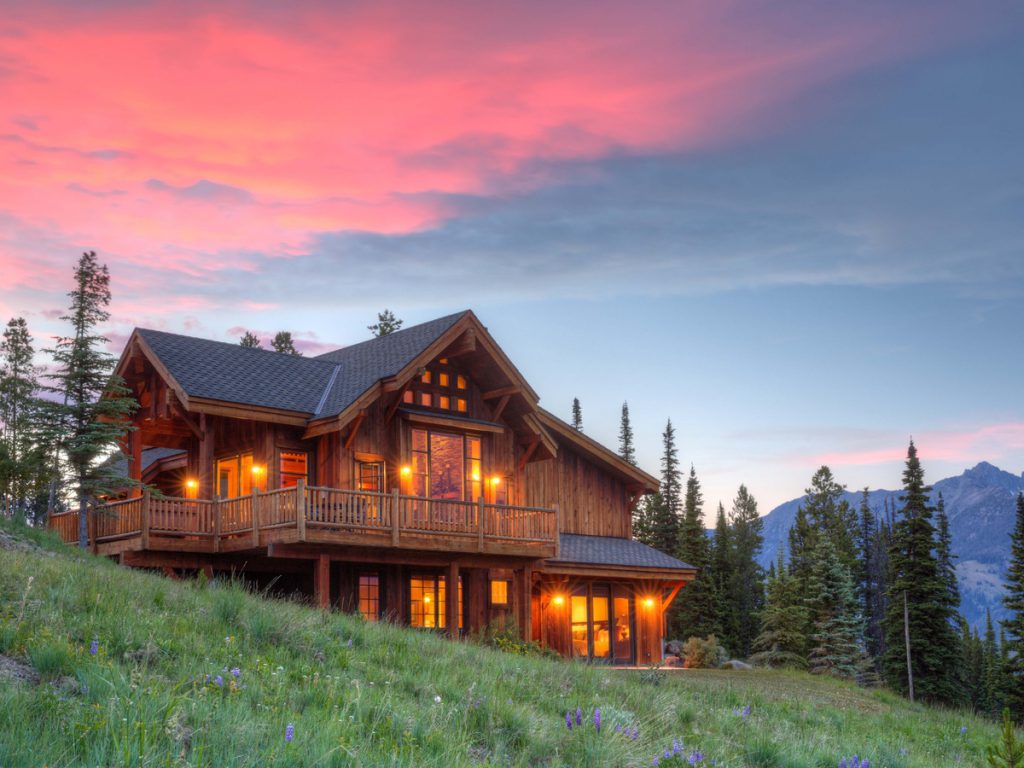One of the most common questions our guests ask is “When is the best time to ski in Big Sky?”
Big Sky boasts the Biggest Skiing in America with 5,850 acres of diverse terrain for every level, a vertical drop of 4,350 feet (one of the longest vertical drops in the US), 300 runs, 7 terrain parks with over 100 features, luxurious heated lifts to keep you warm and an average annual snowfall of 400+ inches. Big Sky is one of the best uncrowded resorts in the US, thanks to the expansive terrain, averaging two acres per skier on even the busiest days.
Read on to learn about each month during winter season in Big Sky, and why you should put it at the top of your list for travel!
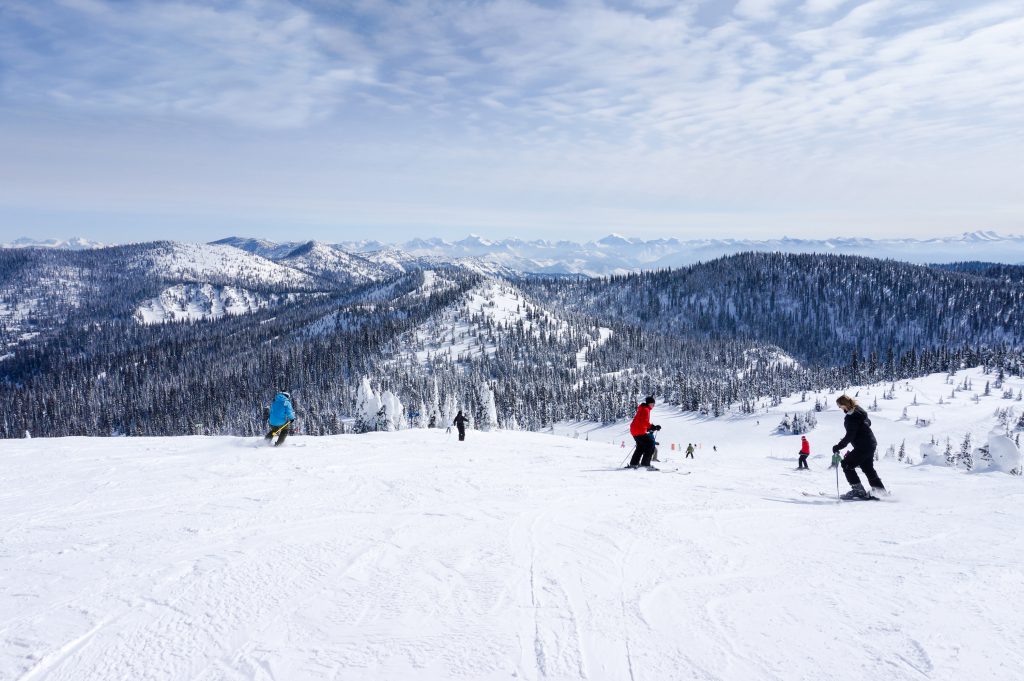
November
Average High/Low in °F: 38/15
Big Sky Resort opens for the winter season around Thanksgiving and there’s no better way to celebrate Turkey Day than warming up your ski legs and getting back to the slopes. Early season snowfall is unpredictable but with Big Sky’s snowmaking facilities you’re always guaranteed a snowy slope. Big Sky Resort is ideal for a family ski vacation with 2,300 acres of terrain dedicated to beginners and intermediates.
December
Average High/Low in °F: 28/6
Celebrate the Christmas season in Big Sky, a winter wonderland that comes alive with festivities. By mid-December, a larger portion of the mountain is open for skiers and snowboarders to explore the trails and while the snowstorms are fewer than later in the season, Big Sky has had a number of record-breaking Decembers to remember.
January
Average High/Low in °F: 31/8
After Big Sky’s NYE celebrations, the crowds disperse. January is the quietest time of year to ski Big Sky resort with perfect powder stashes and without the holiday season crowds or lift lines. If you’re in search of peace and quiet, January is the best time to visit Big Sky for smaller crowds.
February
Average High/Low in °F: 35/8
By February, Big Sky has a deep base depth, and the snowstorms are more frequent. Apart from the Presidents Day long weekend, the crowds are still thinner making February the best time for untouched powder in Montana’s favorite winter playground.
March
Average High/Low in °F: 42/16
March is historically the snowiest month of the winter and peak season at Big Sky Resort. Big Sky is one of the top spring skiing destinations in the US with warmer temperatures, legendary snowstorms and long bluebird powder days. The best time of year to experience all of Big Sky’s diverse terrain.
April
Average High/Low in °F: 50/22
Late season skiing is a completely different experience and Big Sky doesn’t disappoint. The afternoons may be slushier, but the slopes are sunny, outdoor patios come alive with music and thirst-quenching après ski and Big Sky celebrates the last day of the ski season with fun festivities. Visiting Big Sky in April has an added bonus of combining your ski trip with a unique experience exploring the natural wonders of Yellowstone National Park.
STAY WITH BIG SKY VACATION RENTALS
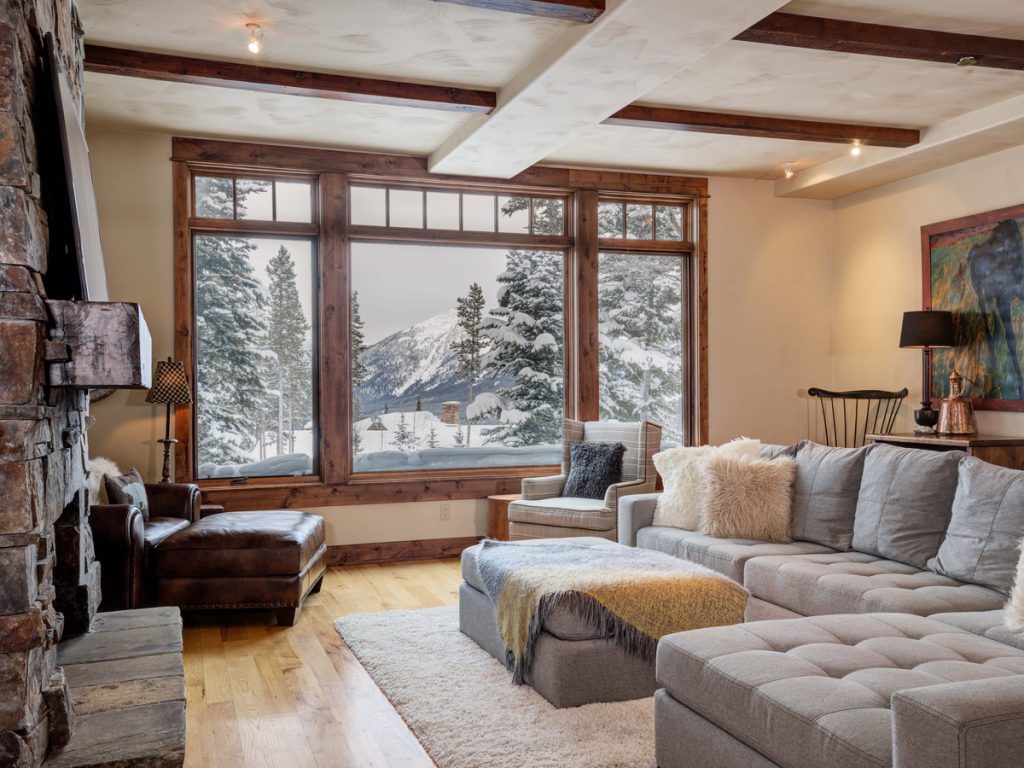
After each full day of exploring the resort, retreat to your luxurious, comfortable vacation home for an evening to remember. We proudly boast one of Big Sky’s largest selections of vacation rentals, so you’re bound to find one that perfectly suits your group’s size, style, and budget. Luxuries include private hot tubs, lavish outdoor patios and the best mountain views in Big Sky. Please give us a call today at +1-888-915-2787 or email us at info@bookbigsky.com to inquire, or simply browse through our available properties.
